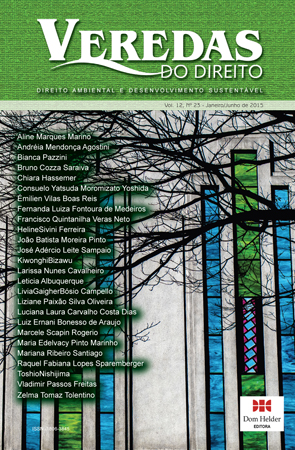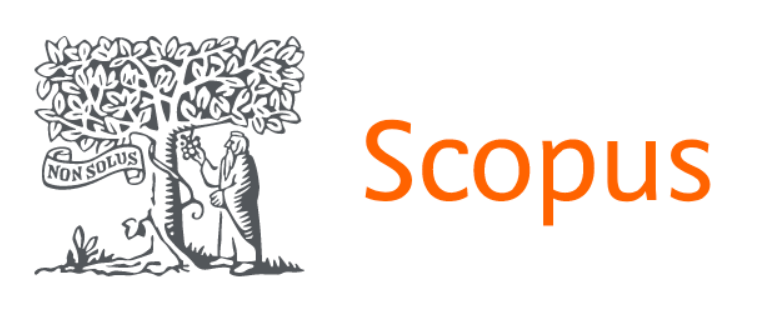Pachamama and the Right to Life: Thoughts in the Perspective of the New Latin-American Constitucionalism
DOI:
https://doi.org/10.18623/rvd.v12i23.393Keywords:
Pachamama, Constitutions of Ecuador, Bolivia and Brasil, life.Abstract
The study aims to bring a reflection on Pachamama as a tool to guarantee the right to life in the new Latin American constitutional systematic. Pachamama, in the Andean culture, is considered more than a deity, being the nature that creates and recreates the elements of life, and the human being is part of it, worthy of legal protection. The Constitutions of Ecuador and Bolivia are tools that enable a plural sustainability, recognizing nature as a subject of rights, multiculturalism, plurinationalism, giving them rights hitherto relegated. On the other hand, Brazil's Constitution does not recognize nature as a subject of rights, but protects the environment in order to ensure the balance and quality of life for present and future generations, which shows an utilitarian nature protection. Finally, it is concluded that the protection given to Pachamama promotes balance and animal and human survival. During the preparation of the article it was used the descriptive /qualitative method, through bibliographic research using primary and secondary sources.
Downloads
Published
How to Cite
Issue
Section
License
I (we) submit this article which is original and unpublished, of my (our) own authorship, to the evaluation of the Veredas do Direito Journal, and agree that the related copyrights will become exclusive property of the Journal, being prohibited any partial or total copy in any other part or other printed or online communication vehicle dissociated from the Veredas do Direito Journal, without the necessary and prior authorization that should be requested in writing to Editor in Chief. I (we) also declare that there is no conflict of interest between the articles theme, the author (s) and enterprises, institutions or individuals.
I (we) recognize that the Veredas do Direito Journal is licensed under a CREATIVE COMMONS LICENSE.
Licença Creative Commons Attribution 3.0







